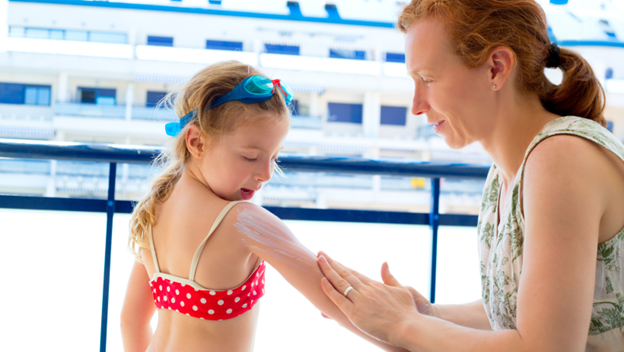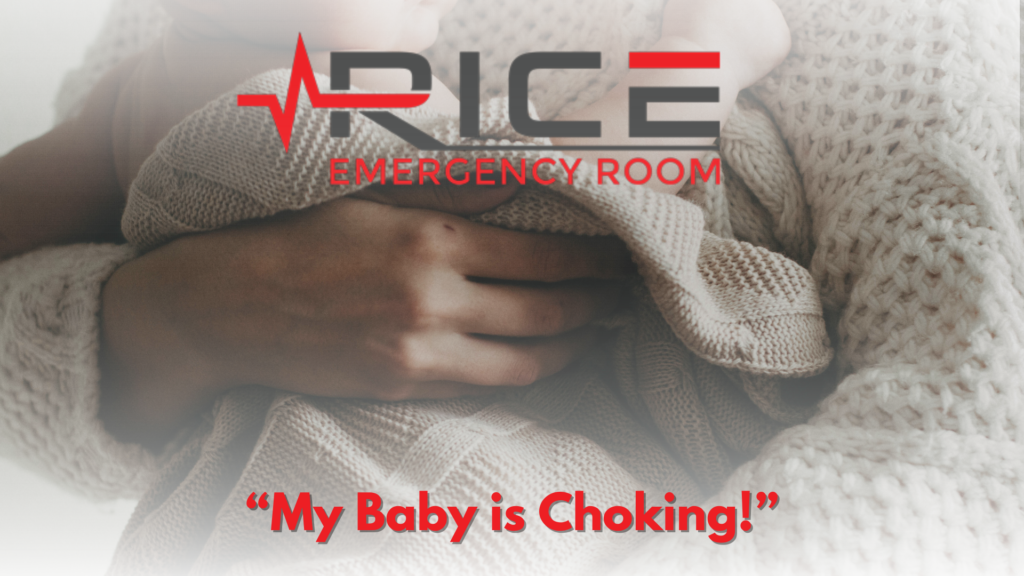Every Mom needs sunscreen advice. There are so many products on the market, and each child has a different tolerance for heat and UV rays. As a mother, keeping your child safe and healthy is the most important thing, especially when they’re out in the sun.
While playing outside is fun, the sun’s rays can be harmful. It’s not just about getting sunburned; exposure to the sun without protection can increase their chances of getting skin diseases when they grow up. This applies to any outdoor activity, not just at the beach or pool. With so many types of sunscreen available, it can be overwhelming to choose the right one.
This guide will give you helpful advice on picking and using sunscreen correctly, so your children can have fun outside while staying safe. Here’s some sunscreen advice for Moms you can use!
Factors to Consider When Choosing a Sunscreen
When selecting the ideal sunscreen for your child, there are three key factors to consider. First, ensure an SPF (Sun Protection Factor) of 30 or higher to provide adequate protection. Second, look for a ‘broad-spectrum’ sunscreen that offers defense against UVA and UVB rays. Lastly, a water-resistant formula is crucial to maintain protection while your child enjoys 40-80 minutes of water activities.
Sunscreen falls into two main categories: mineral and chemical.
Mineral sunscreen, also known as physical or inorganic sunscreen, forms a barrier on the skin’s surface, deflecting the sun’s rays. Ingredients like zinc or titanium are listed on the label. Despite being a bit tricky to rub in and possibly leaving a whitish residue, mineral sunscreen provides instant protection. Still, it can quickly rinse off with sweat or water.
Chemical sunscreen, also called organic sunscreen, absorbs the sun’s rays like a sponge, converting them into heat, which is then released from the skin. It takes 15-30 minutes to start working since it penetrates the top layer of the skin, but it doesn’t wash off easily and doesn’t leave a whitish coating. (Ben-Joseph)
Proper Application of Sunscreen
Sunscreen comes in various forms, including creams, gels, sprays, and sticks. Creams are ideal for dry skin areas, sticks work well around the eyes, and gels are suitable for hairy areas like the scalp. While sunscreen sprays might seem convenient, they can pose inhalation risks, and it’s hard to gauge if you’ve applied enough. Some sprays can also be flammable, requiring caution around sparks or flames.
Proper application of sunscreen is paramount for it to be effective. Apply it about 15 to 30 minutes before your child goes outside and pay attention to often-missed spots like ears, hands, feet, shoulders, and behind the neck. An SPF 30 lip balm is also recommended.
Be generous with application – dermatologists suggest using one ounce (roughly the volume of a shot glass or plastic medicine cup) to cover the body’s exposed areas. Reapply every 2 hours after sweating or swimming, even if the sunscreen is water-resistant. And remember, sunscreen only lasts for a while – discard any past its expiration date, or that’s been open for three years or more. (HealthyChildren.org)
Other Sun-safety Factors to Consider
- Play ‘Sun Safe Hide and Seek’: The sun’s UV rays are the strongest and most harmful around midday. Try to have indoor playtime during these hours. If you must be outside, find a shady spot under a tree or umbrella. These should be used to prevent sunburn, not just for relief after it has occurred.
- Dress Smart: Clothes that cover your child’s skin help protect against UV rays. While long sleeves and pants are best, t-shirts, long shorts, or beach cover-ups can also work.
- Top Off with a Hat: Hats are a great way to protect the face, scalp, ears, and neck. Baseball caps might be popular, but they don’t cover the ears and neck. If your child wears a cap, apply sunscreen on those exposed areas.
- Cool Shades: Sunglasses aren’t just stylish; they protect your child’s eyes from UV rays which could cause cataracts later in life. Choose sunglasses that wrap around and block almost all UVA and UVB rays. (CDC)
Parents must understand the importance of protecting their children from the sun’s harmful rays. Awareness of the risks and taking preventative steps can significantly minimize the chances of sunburn. If sunburn does occur, knowing how to treat it at home, or recognizing when professional medical help is needed, is critical. Ultimately, the aim isn’t to create a fear of the sun but to promote intelligent and safe practices that allow children to relish their outdoor playtime while staying protected.
Works Cited
HealthyChildren.org. “Sun Safety: Information for Parents about Sunburn & Sunscreen.” HealthyChildren.Org,
www.healthychildren.org/English/safety-prevention/at-play/Pages/Sun-Safety.aspx.
“How to Choose & Use Sunscreen (for Parents) – Nemours Kidshealth.” Edited by Elana Pearl Ben-Joseph, KidsHealth, The Nemours Foundation, July 2021,
kidshealth.org/en/parents/sunscreen.html.
CDC. Too Much Sun Hurts Choose Your Cover Play It Www.Cdc.Gov …,




